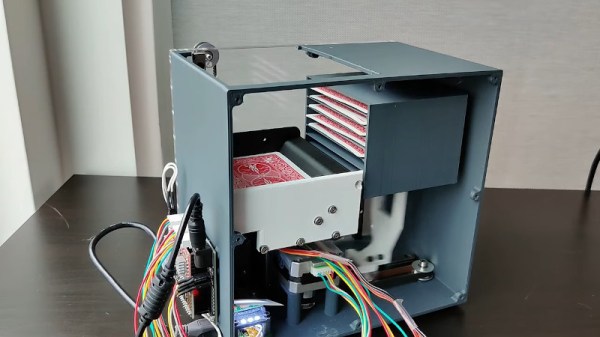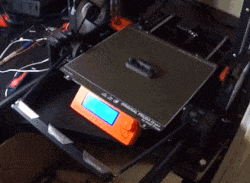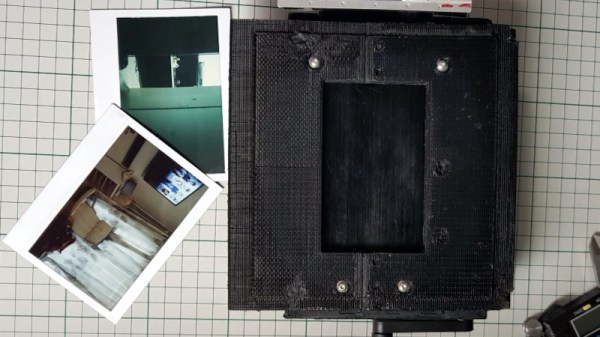Around the world, rolling pandemic lockdowns have left many working from home. [kn100] is in just such a predicament, and while spending nearly 24 hour a day in a residential flat, got wondering about air quality. Thus, it was time to build some gear to keep an eye on things!

The build consists of an ESP32 hooked up to a Bosch BME680 air quality sensor. It measures pressure, temperature, humidity and gas resistance, and then with a closed source library, uses this to calculate an “Air Quality Index” as well as estimate CO2 and VOC levels in the air. Data is passed from the ESP32 over MQTT to a Raspberry Pi. This runs Mosquitto for handling the MQTT queries, saving the data in an Influxdb instance. Grafana is then used to query this database and produce attractive graphs of the data.
It’s a build that not only helps keep an eye on things in the flat, but is great practice for building solid Internet of Things devices with top-notch data visualisation. We’ve talked about how to do this before, too – so if you need this capability in your life, there’s no excuse not to get hacking!




















